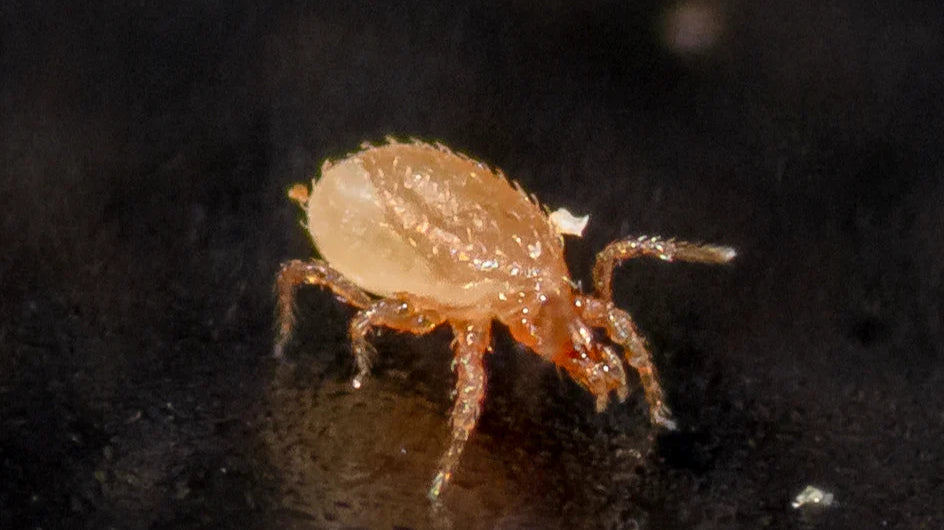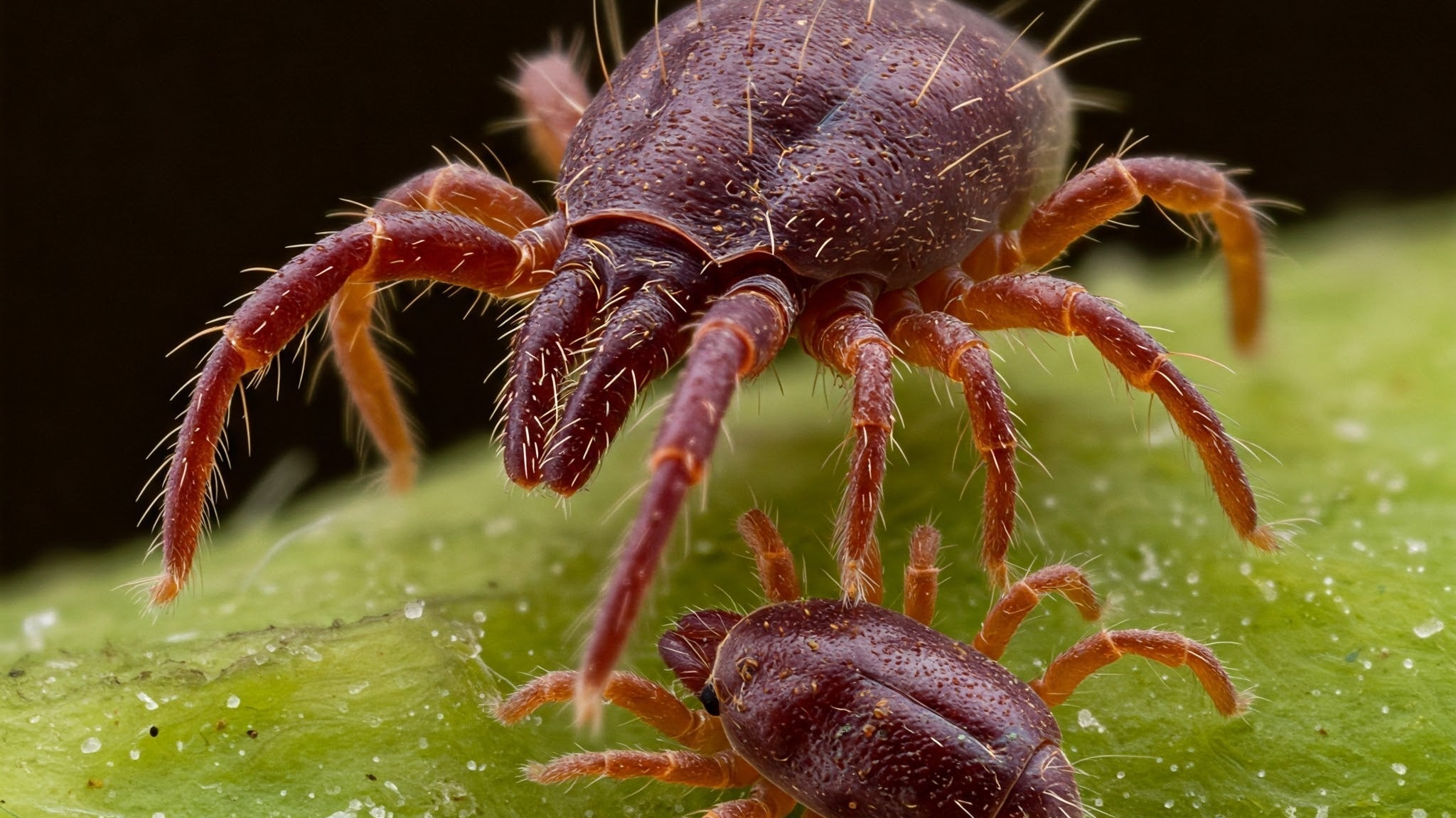Praying Mantis
Predator Protection. No Sprays Needed.
Praying mantises are one of nature’s most adaptable generalist predators—quiet, chemical-free pest control for gardens, greenhouses, and landscapes. Each egg case (ootheca) hatches into 50–200 hungry nymphs that immediately start hunting crickets, aphids, caterpillars, beetles, flies, and more.
You may receive either a Carolina mantis (Stagmomantis carolina), a native species, or a Chinese mantis (Tenodera sinensis), which has been naturalized in North America for over a century. Both are non-aggressive, highly effective, and ecologically stable in home and greenhouse settings.
Why Choose Praying Mantises?
-
Natural Hunters: Crickets, caterpillars, moths, flies, beetles, aphids, mosquitoes—they're all on the menu.
-
Self-Sustaining Control: Females lay oothecae (egg cases) with 50–200 eggs for extended protection.
-
Resilient & Adaptable: Thrive in a wide range of environments (40–104°F).
How They Work
Lifecycle:
-
Egg cases hatch after 4–6 weeks of warm temperatures (70°F+).
-
Nymphs emerge hungry and begin feeding immediately.
-
Mantises molt several times before becoming winged adults, continuing the cycle through late summer.
How Many to Use
-
Recommended Rate: 1 ootheca per 1,500 sq. ft., adjusted based on plant density and pest pressure.
Release Instructions
Indoors:
-
Keep egg cases in a warm, ventilated area (not direct sun).
-
Release nymphs within 24 hours of hatching onto nearby plants.
Outdoors:
-
Attach egg case to branches or stems, 1–2 feet above ground.
-
Choose a protected spot with light cover from rain and predators.
Pro Tips
-
Early Releases Work Best: Get ahead of the pest curve by releasing in spring or early summer.
-
Avoid Pesticides: Insecticides harm mantises—don’t spray before or after release.
Storage & Shipping
-
Refrigerate at 36–45°F to delay hatching until outdoor conditions are ideal.
-
Shipping: All egg cases are packed and shipped carefully to ensure live hatching and effective pest suppression.
Too Many Options?
We get it. Try our mite/insect matchmaking quiz and instantly get matched to the solutions you may need.
Mite Matters
Optimizing Pest Management in Cannabis Flowering Using Predatory Mites
How to Treat Snake Mites Naturally with Predatory Mites
The Beginner's Guide to Predatory Mites
Predatory mites are the unsung heroes of plant care, working behind the scenes to protect your plants from destructive pests. Unlike chemical treatments, they offer a natural, self-sustaining solution that requires minimal effort on your part. Whether you’re preventing an infestation or fighting off an active one, these microscopic allies get the job done efficiently and effectively.







